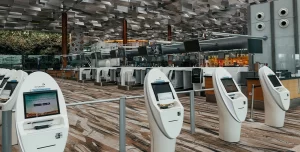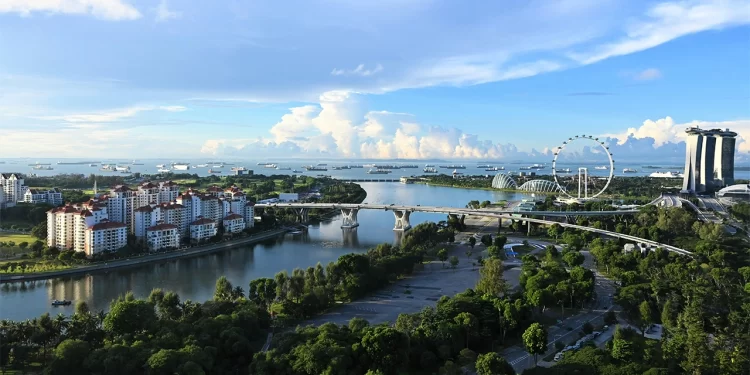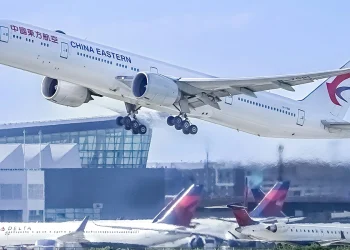Singapore will introduce a QR code system at two land checkpoints, Woodlands and Tuas, allowing travellers to bypass passport checks and enter or depart the country with a simple scan. The initiative, announced by the Immigration & Checkpoints Authority (ICA) of Singapore, will streamline the entry and exit process for travellers starting from March 19.
Travellers arriving and leaving Singapore via Woodlands and Tuas checkpoints will no longer need to present physical passports. Instead, a QR code will serve as their gateway to the tropical city-state. The QR code can be generated before arrival and can be used for all individuals in a vehicle, reducing processing times and congestion at the border checkpoint.

ICA estimates that implementing QR code clearance could slash overall wait times by approximately 30%, particularly during peak hours when commuters from neighboring Malaysia flood the border. With a simple QR code, travellers no longer have to worry about fumbling with their passports at the border. This will not only save time but also ensure a smoother and more hassle-free travel experience for everyone.
Furthermore, Singapore plans to extend this passport-free clearance system to other land checkpoints along its borders with Malaysia. The move aims to alleviate crowding at one of the world’s busiest border crossings.
Also Read: 9 Days Of Walking Solo Across Spiti Valley
As travel picks up after the COVID-19 pandemic, Singapore has introduced cutting-edge technologies at Changi Airport, a well-known hub recognized for its advanced features and efficient operations. Both residents and visitors leaving the island will soon have the option to clear checkpoints without requiring physical passports.

Last year, the government announced plans to gradually replace manual counters at all passenger halls with around 800 automated lanes equipped with a new contactless automated border control system by the first quarter of 2024. This system was tested at Changi Airport’s Terminal 4 in 2019.
Also Read: The Cave Temples Of Mumbai And Beyond
The recent development will support the upcoming Rapid Transit Link project connecting Singapore and Johor Bahru in Malaysia. This project is designed to accommodate a peak capacity of 10,000 passengers per hour in both directions and is projected to be operational by the end of 2026.

Founded in 2016, The Traveller Trails is a print and digital magazine and a trusted source for current news, trends, analysis, opinions, interesting blogs, videos and exclusive interviews from every corner of the world.








